Yes / No
Traffic signals
Joseph Fratesi
Years ago, I had a friend with the words “yes” and “no” tattooed on the backs of his left and right arms, just above the elbows. He was pretty heavily inked, and despite a crisp, bold font, the words were absorbed by the broader tapestry, becoming more pattern than text. Later, when I began driving in New York City, I saw the same presentation on the backs of trucks and realized that YES / NO is shorthand for the common tailgate warning: “This truck makes wide turns, do not pass on right.” As I saw more of these messages, I also began to notice variations on the warning, always in the same binary format.
The origin of the warning is thoroughly practical in nature, its primary iteration (“This truck makes wide turns”) intended to clearly communicate to drivers the dangers of passing a truck on the right side. The extrapolations, on the other hand, have lost almost all didactic value, becoming a kind of private language in plain English. There could be no other context in which SURF / TURF or SEND FLOWERS / RECEIVE FLOWERS mean pass / don’t pass. They acquire that meaning both by virtue of their location (on the back of a truck) and through their proxy relationship to the original warning. But given that they are legible only by virtue of that relationship, they are meaninful only to insiders, to those who “speak the language.” Even in cases where the reference is unfamiliar or insensible—YEE HA / HOG TIED—the meaning is understood.
Besides being meaningful only to an insider audience, YES / NOs are visible only to them. As we move through the world, we selectively process visual information, filtering on the basis of a wide range of criteria, noticing much less than we see. In much the same way that my friend’s tattoos, by failing to attach symbolically to anything recognizable, more or less disappeared, YES / NOs remain largely “unseen” components of the graphic chaos that surrounds us. Not one person to whom I’ve described this phenomenon had seen an example of it prior to my description. Many subsequently did.
At the risk of sounding like someone who needs to get out a bit more frequently, I can say that the thrill of spotting a marked truck, chasing it down, and getting the photo rates very highly. As does the thrill in being reminded that the world sometimes hides its riches in plain view, and that, in general, life is interesting in direct proportion to what we choose to notice.
-
Note: As time goes by, I see fewer and fewer of these, and I’ve never seen one outside of New York. The extinction of this practice seems like a real possibility. I hope that after reading this, a few of you will feel called to the hunt.



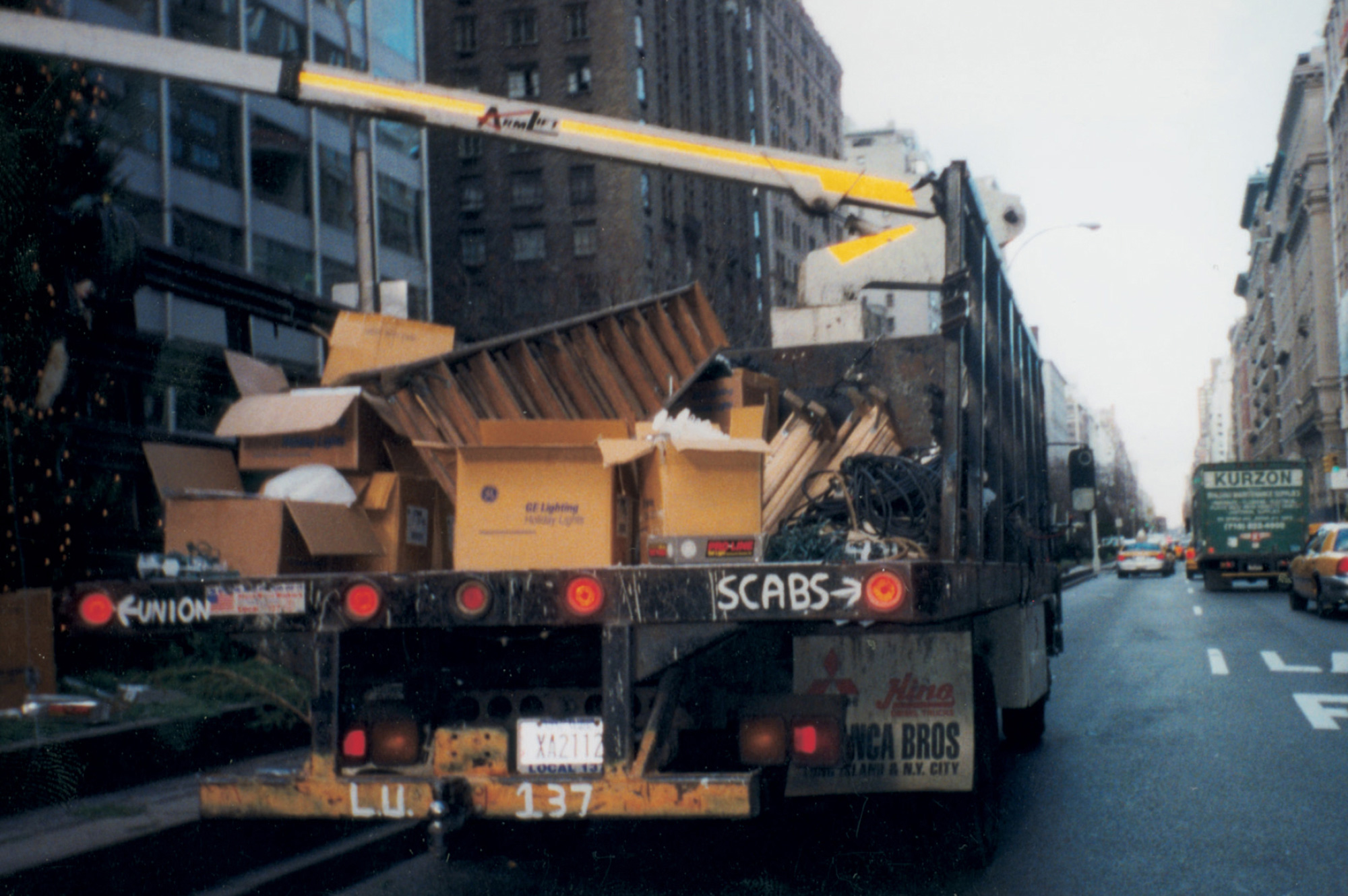

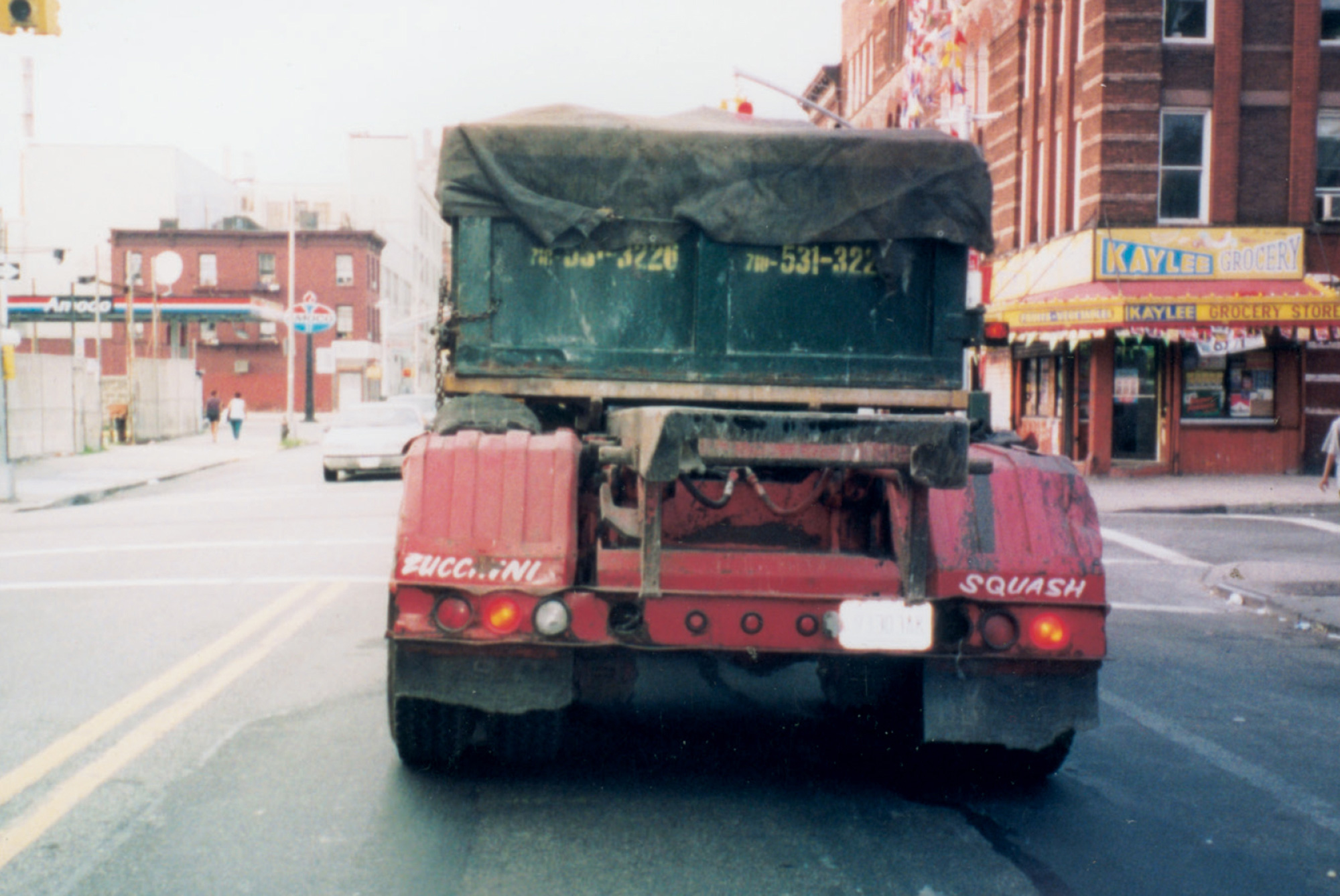
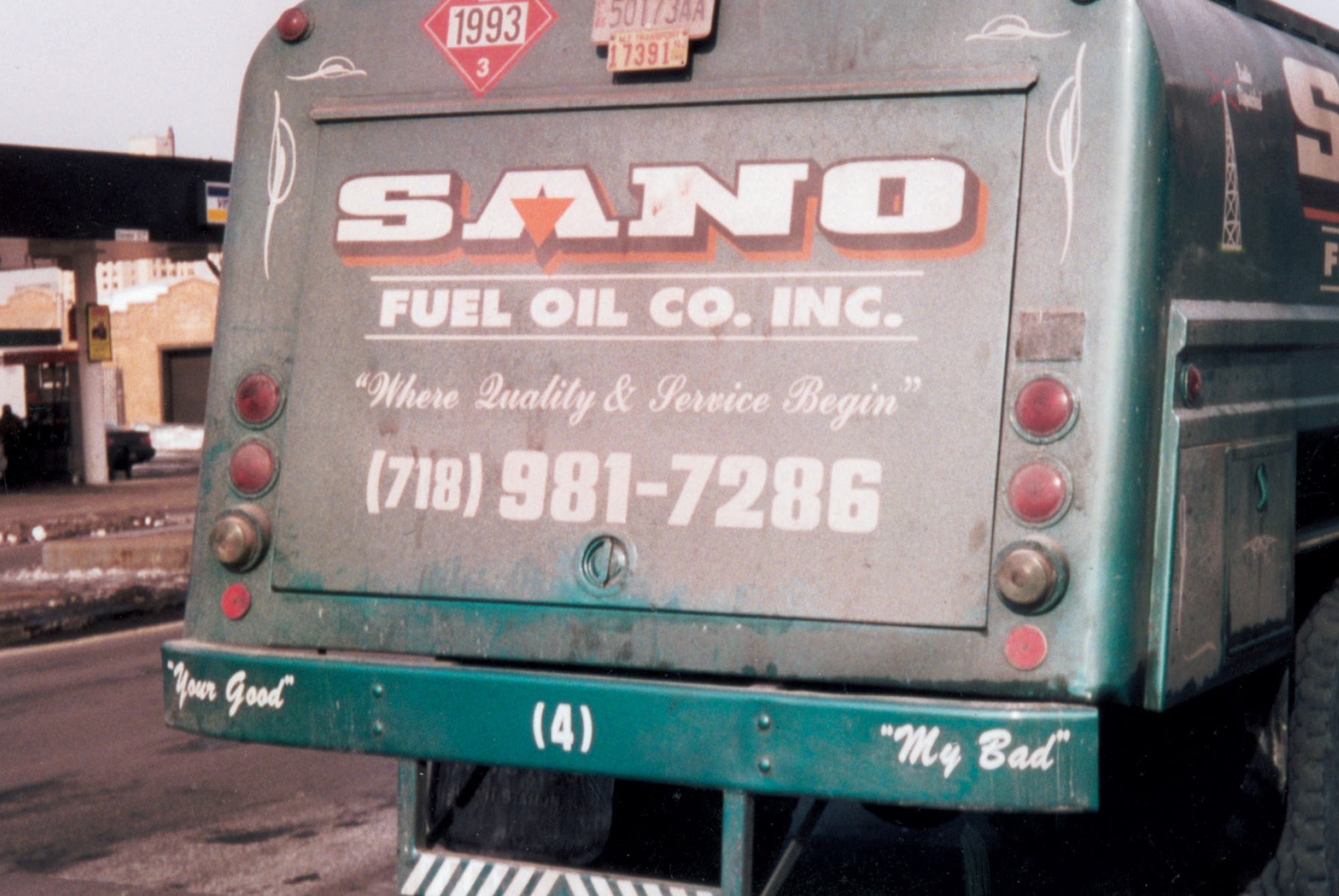
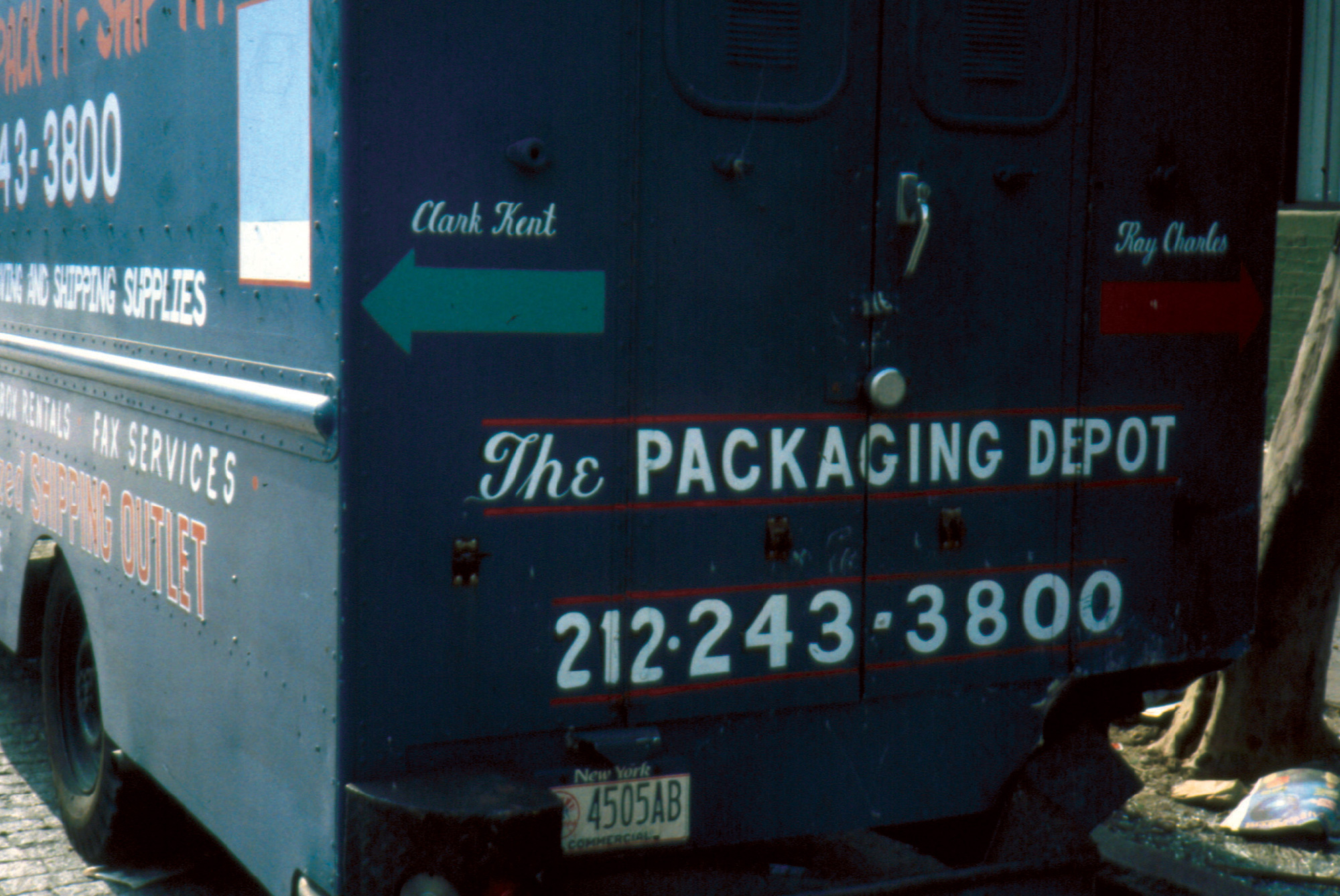
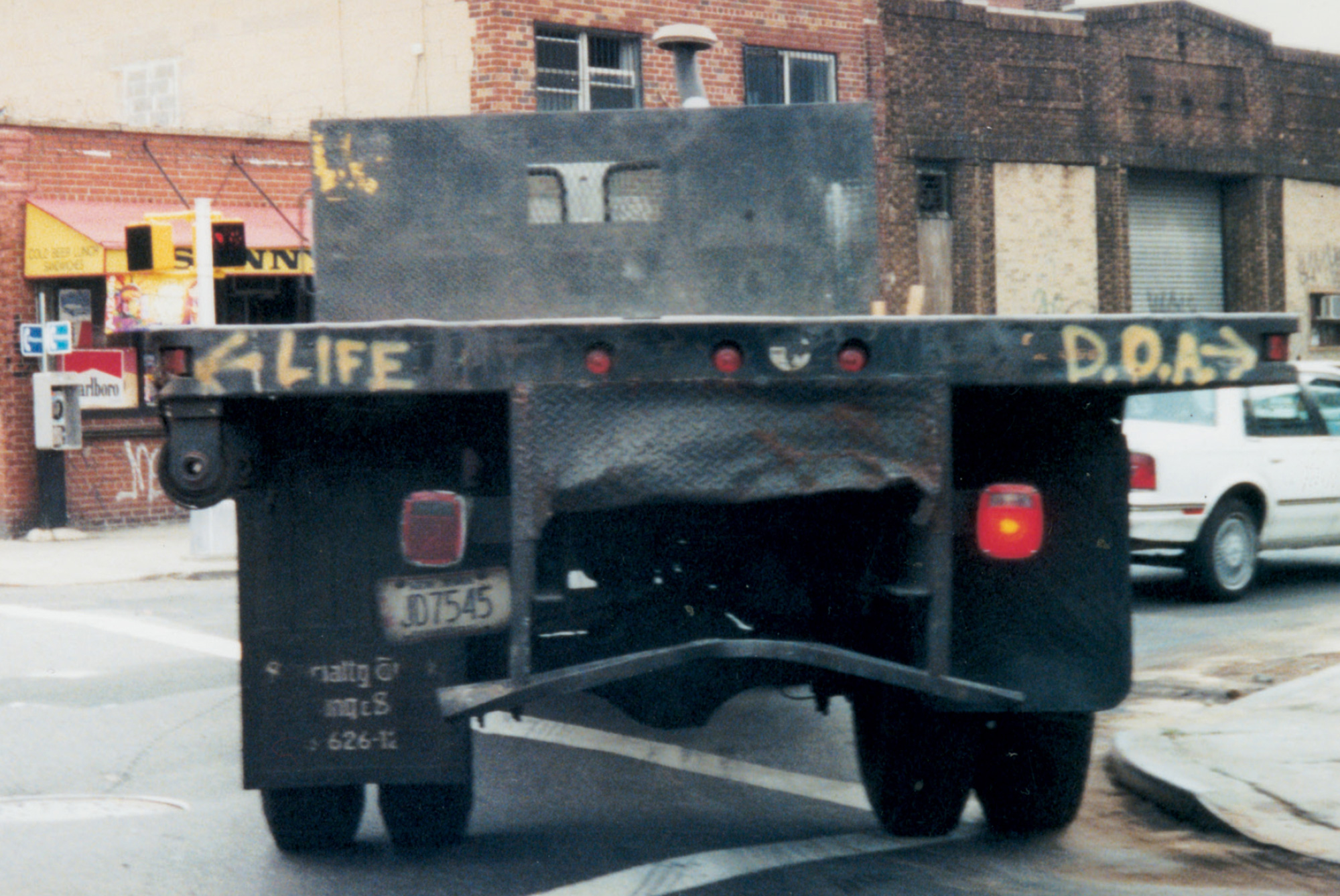
Joseph Fratesi is a designer and founder of Atlas Industries in Brooklyn.
Spotted an error? Email us at corrections at cabinetmagazine dot org.
If you’ve enjoyed the free articles that we offer on our site, please consider subscribing to our nonprofit magazine. You get twelve online issues and unlimited access to all our archives.